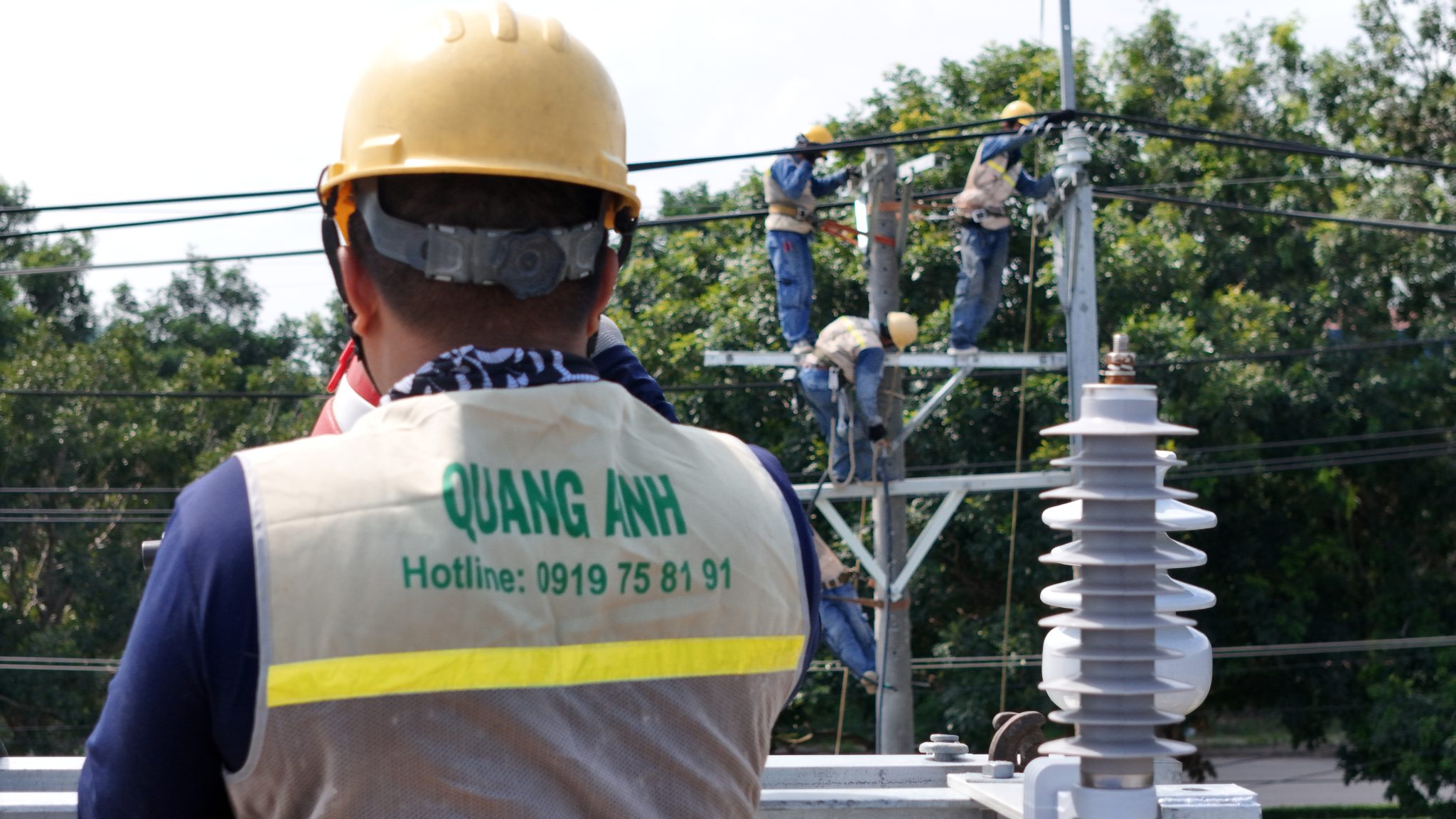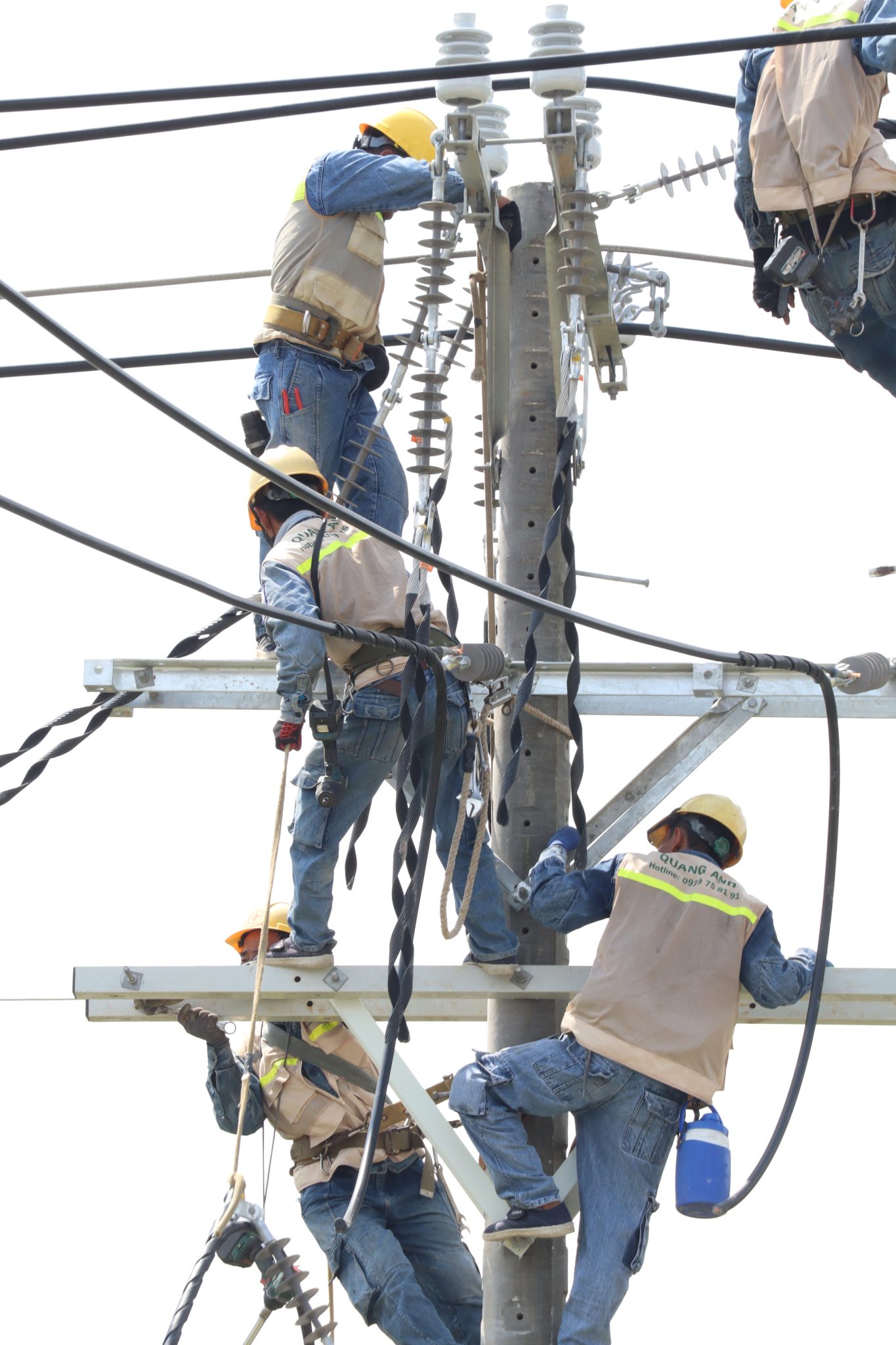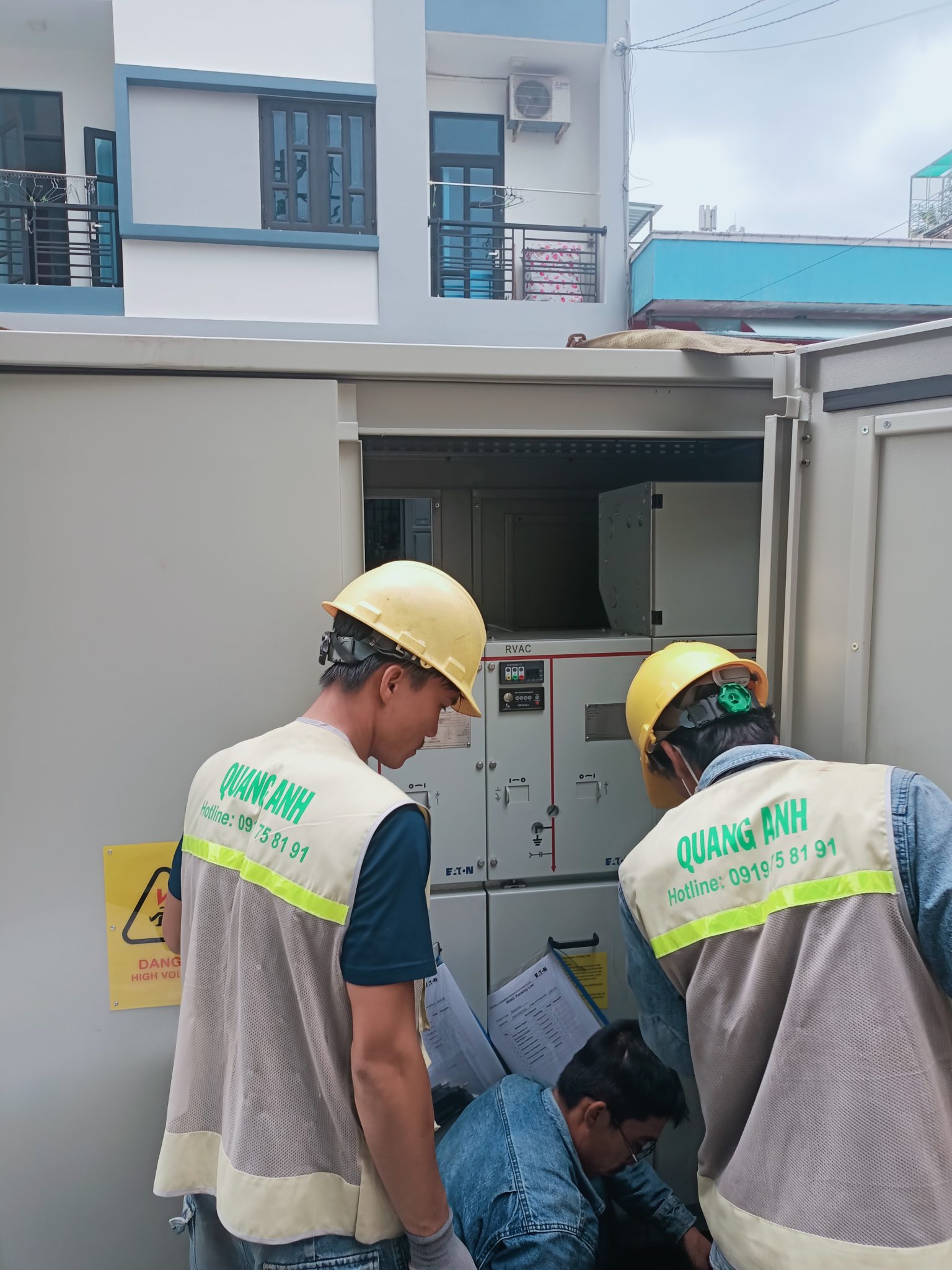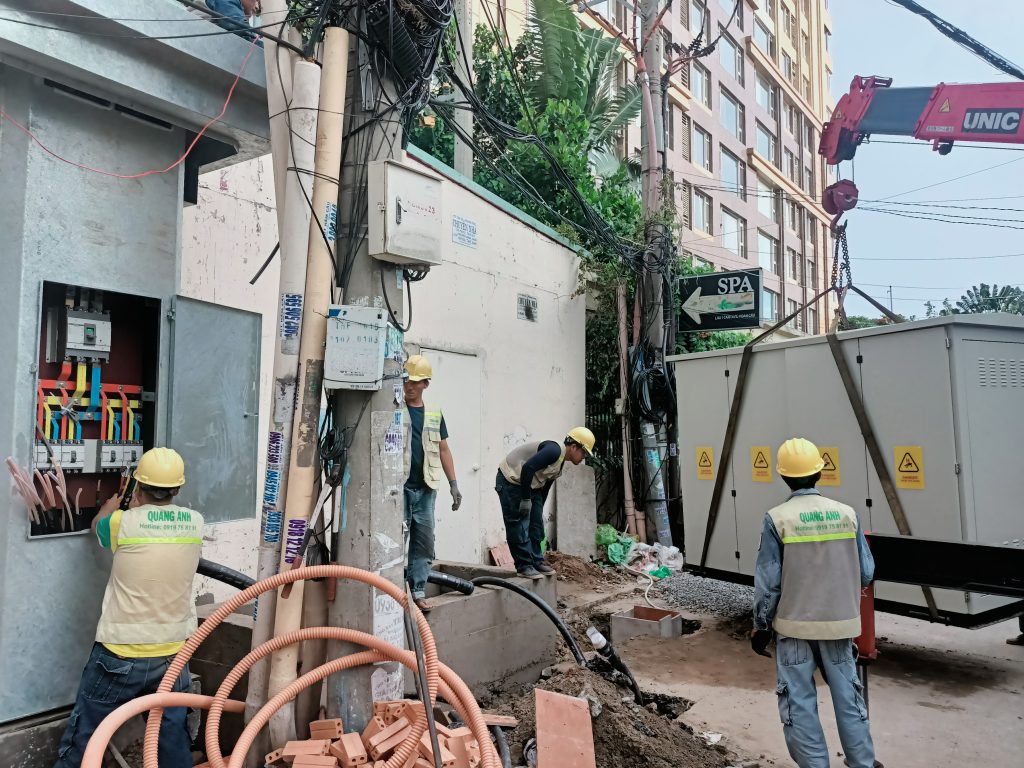News
Cost Analysis of Power Substation Construction and Related Factors
An investigation of the costs involved in power substation construction in 2024, including influencing factors and the implementation process from planning to installation, ensuring safety and energy efficiency.
Factors Affecting Power Substation Construction Cost
The cost of building a power substation depends on several factors such as the capacity of the substation and the type (outdoor or indoor). The larger the capacity, the higher the cost. Key materials include transformers, switchgear, underground cables, and lightning protection and grounding systems, which significantly affect costs. The substation location should be optimized to reduce energy losses while ensuring aesthetics and safety.
1. Substation Scale and Capacity
The scale and capacity of the substation are core factors influencing construction costs. A higher capacity station requires more materials, equipment, and manpower. This implies the need for specialized equipment and high technical requirements, thus increasing investment costs.
2. Substation Installation Location
The installation location is an important consideration when calculating substation construction costs. Inaccessible locations or complex terrains will increase material transportation costs and construction time. Ensuring a safe substation foundation that does not affect residential areas also contributes to cost increases.
3. Terrain and Surrounding Technical Infrastructure
Terrain conditions, such as weak soil foundations or non-cohesive technical infrastructure, will drive up construction costs. A sturdy foundation is necessary to support the considerable weight of substations, thus making foundation costs a significant expense.
4. Technical Requirements and Regulatory Compliance
Mandatory technical and safety requirements by the energy sector ensure quality and standard designs require strict supervision and complete legal procedures, inevitably affecting costs. The technology used also has an impact, as superconducting HTS substations have high initial investment costs but provide long-term benefits.
5. Environment and Social Factors
The density of the population and surrounding environmental conditions are noteworthy factors as well. Costs for safety measures, environmental protection, and site development are crucial and cannot be overlooked.
6. Planning and Forecasting Electricity Demand
Regional electricity planning directly affects the scale and design of the substation. Accurate forecasting of electricity consumption helps optimize costs and ensures that the project meets long-term development needs.

Construction and Installation Process of Power Substation
Users must declare their electricity needs and comply with regulations as per the Electricity Law. Once the documentation is approved, a construction contract will be executed based on the agreed plan. The installation process must adhere to approval conditions to ensure a stable electricity supply for usage needs.
Constructing and installing a substation requires meticulous attention and strict compliance with technical regulations. This process includes crucial steps to ensure safety and efficiency in operating the electrical system.
1. Survey and Site Preparation
The first step involves surveying and preparing the substation site. Engineers conduct a real-time survey of the construction location to determine the substation foundation and medium-voltage underground cable routing. Site preparation requires arranging electrical and water supplies for construction and transporting equipment and materials to the site.[1][3]
2. Excavation and Infrastructure
Next is the excavation phase for the substation foundation and the medium-voltage cable trench. Installing protective underground conduits and pouring concrete for the foundation is necessary to ensure the substation withstands the load.[1][3]
3. Mechanical Infrastructure Installation
The safety of a substation heavily relies on grounding systems and mounting mechanical equipment like switches, supports, and insulators. These components help secure and operate the main electrical devices in the station.[1]
4. Transformer and Electrical Cable Installation
This process involves installing transformers and other related electrical equipment. Pulling medium-voltage cables into the substation and connecting is critical to ensuring the system operates efficiently and safely.[1][3]
5. Testing and Calibration
Conducting quality installation and technical adjustment tests ensures the substation meets operational standards. Following this, internal acceptance is performed to evaluate all stages before commissioning trials.[1]
6. Power-Up and Trial Run
The final stage involves power-up acceptance, actual operating checks, and handover to the investor. This process ensures the substation operates safely and stably before official use.[1]
A standard process meeting technical requirements will optimize substation construction, ensuring long-term electrical safety and efficiency. Installing a power station requires a team of highly skilled engineers and workers, in close coordination with the investor and related parties to maintain progress and construction quality.

Examples and Material Costs for 630 kVA Substation
For a 630 kVA substation, essential materials include a three-phase transformer, steel support structures, and medium-voltage switchgear. The cost for this station ranges from 558 million to 585 million VND, including the lightning protection and medium-voltage underground cable systems.
A 630 kVA substation is a vital component in electrical systems, responsible for voltage conversion to provide stable power supply to factories, industrial parks, or large buildings. Key materials used include:
-
630 kVA, 22/0.4 kV Three-Phase Transformer: This type of transformer uses oil or Amorphous materials, suitable for technical requirements and providing high efficiency for the system.
-
Steel Support Structure for Transformers: This is a large support suitable for transformers from 630 kVA to 1000 kVA. These supports are reinforced on concrete foundations to ensure stability and can include additional caps for aesthetics and equipment protection.
-
Medium-Voltage Switchgear: Using devices like FCO or LB.FCO 24kV with protective fuses plays a crucial role in safeguarding the system from electrical failures.
-
Lightning Protection, Grounding System: Comprises surge protection devices (LA) and grounding systems to ensure the safety of transformers and the entire grid system.
-
Medium-Voltage Underground Cable: Typically CXV/Sehh/DSTA/PVC 3x50mm², designed to suit the capacity and operational range of the 630 kVA substation.
Regarding costs, constructing and installing a 630 kVA substation generally ranges from 585,000,000 to 840,000,000 VND. Variations depend on factors like transformer type (oil or Amorphous), support structure (single pole or multiple legs), along with the quality of switchgear and lightning protection systems.
The advantages of a 630 kVA substation include providing stable power sources, reducing energy losses, and increasing system reliability. Due to its efficient operation, it significantly contributes to saving operating costs and ensuring smooth business operations.

Understanding cost factors and the substation construction process not only optimizes investment costs but also ensures efficient operation, strengthening a business’s energy development strategy.
To initiate an optimal power substation construction project, contact QuangAnhcons via Hotline: +84 9 1975 8191.
QuangAnhcons provides high-quality power substation design, consultancy, and construction services, ensuring safety and efficiency for all customer electricity capacity needs.

 Tiếng Việt
Tiếng Việt 简体中文
简体中文 Deutsch
Deutsch 日本語
日本語 한국어
한국어 ไทย
ไทย Русский
Русский Français
Français
